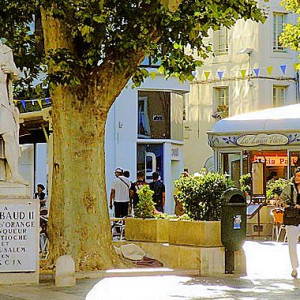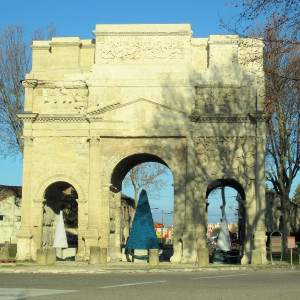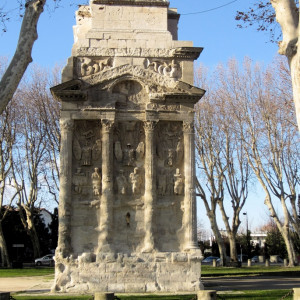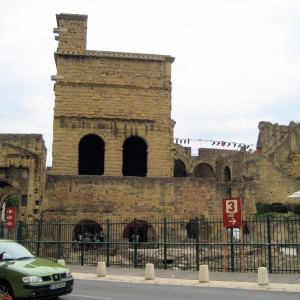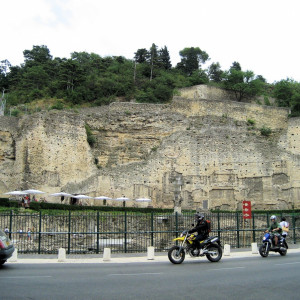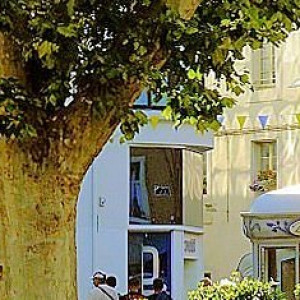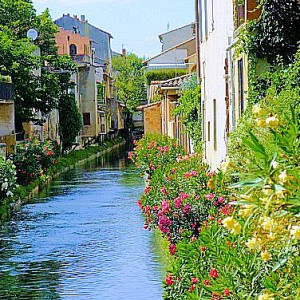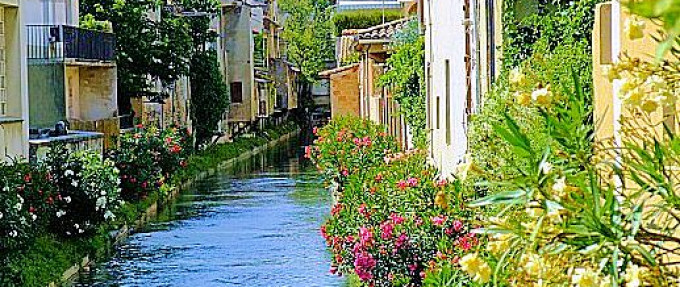
Orange
Orange was once an important Roman city and has always been regarded as the gateway to Provence. Just 8 kms from Sablet, this is a large town that traces its history back to the 2nd century BC. Amongst its many, many historical monuments is a very well preserved Roman “theatre Antique”, which is used during the summer months for the “Cheoregies” (Choral Festival). Driving north along the Avenue Victor Hugo to the Avenue de l’Arc de Triomphe takes you to an Arc de Triomphe very much like the one in Paris.
After the Roman era, this town passed through the hands of a variety of feudal lords including the House of Baux. It was the inherited by René de Nassau whose strongly Protestant family turned Orange into a refuge for Protestant dissenters amidst very Catholic surroundings. King Louis XIV sacked the town when he went to war with Nassau’s descendant William of Orange. William who led the Netherlands to victory against Spain in 1648, thereby securing Dutch independence, retook the town in 1678, but it was ceded back to France under the Treaty of Utrecht in 1713
Since the 19th century, Orange has been a destination for tourists after amateur historians discovered that the town is the home to two of the best Roman monuments in Provence.
The Théâtre Antique is considered to be one of the best preserved theaters in the Roman world, with the mains being an impressive stage wall – 120feet high and 338feet from end to end. Decorated with columns, marble, statues and mosaics it is said to have been described by King Louis XIV as “the finest wall in my kingdom”. Hidden passages within the wall allowed stagehands to move around unseen by the audience. The huge wooden stage was outfitted with traps so that actors and props could be moved into place out of sight of the audience and they could appear and disappear at will. The semi-circular auditorium could hold up to 10,000 spectators in the audience.
The Arc de Triomphe, built in approximately 20BC to commemorate the victories of the Second Gallic Legion has triple archways which are amongst the oldest and best preserved of their kind in existence.
The Municipal Museum (Musée Municipal) traces the history of Orange and displays items and fragments recovered from the theater. Old engravings and prints show the theater prior to its restoration. In the middle of the town is the Romanesque Cathédral Notre-Dame with the grand Hôtel de Ville right next door.


